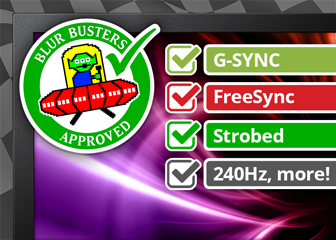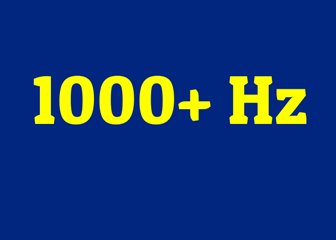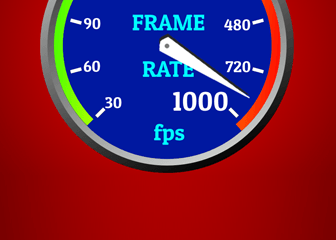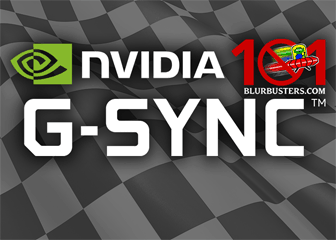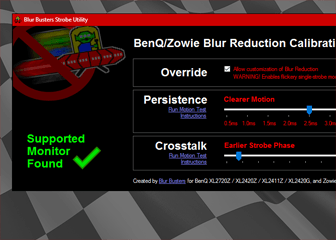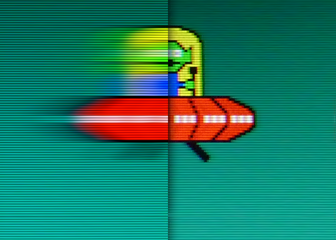Strobe backlights such as ULMB and LightBoost eliminate motion blur on LCD displays.
Several 120 Hz+ monitors now have a refresh-synchronized strobe backlight feature (e.g. LightBoost, ULMB, etc) that can be enabled, to allow CRT crystal clear motion on LCD. This high-speed video (1000 fps) demonstrate a motion-blur-reducing strobe backlight can successfully hide most LCD pixel response limitations from human eyes:
The backlight is turned off while waiting for pixel transitions (unseen by human eyes), and the backlight is strobed only on fully-refreshed LCD frames (seen by human eyes). The strobes can be shorter than pixel transitions, breaking the pixel transition speed barrier.
It’s possible to have MPRT measurements (milliseconds) faster than the LCD GtG response measurements (milliseconds)! MPRT measurements more accurately represents eye-tracking-based motion blur on sample-and-hold display technologies such as LCD and OLED (which can have motion blur too).
For more information, see Motion Blur Reduction FAQ which explains more about the benefits, and the pros/cons.
Many monitors in the Official List of Gaming Monitors now have motion blur reduction features under different names including LightBoost, NVIDIA ULMB / Ultra Low Motion Blur, ASUS ELMB, BENQ DyAc, EIZO Turbo 240, LG Motion 240. These features can be toggled ON/OFF depending on user preference.
ENGINEERS/ADVANCED READERS: For geeks interested in engineering information, see Electronics Hacking: Creating a Strobe Backlight for the advanced background information of strobe backlights, which also contains a great annotated diagram of proper strobe backlight operation.
Note: This high speed video is of the ASUS VG278H monitor running the TestUFO flicker test in Chrome web browser running in full screen mode. The test alternates black and white frames, creating a 60 Hz flicker during 120 Hz refresh rate. This is excellent for seeing LCD scanning in action.
